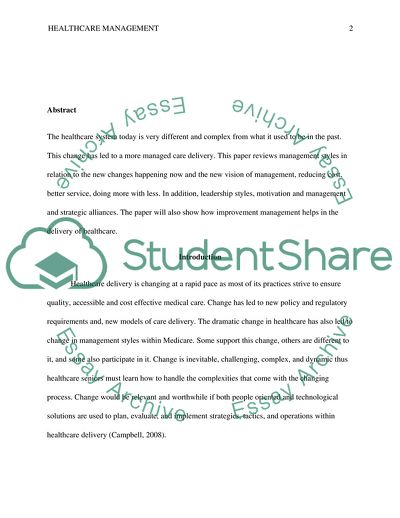Cite this document
(Change Management for Quality Healthcare Delivery Research Paper - 1, n.d.)
Change Management for Quality Healthcare Delivery Research Paper - 1. https://studentshare.org/health-sciences-medicine/1837547-management-styles
Change Management for Quality Healthcare Delivery Research Paper - 1. https://studentshare.org/health-sciences-medicine/1837547-management-styles
(Change Management for Quality Healthcare Delivery Research Paper - 1)
Change Management for Quality Healthcare Delivery Research Paper - 1. https://studentshare.org/health-sciences-medicine/1837547-management-styles.
Change Management for Quality Healthcare Delivery Research Paper - 1. https://studentshare.org/health-sciences-medicine/1837547-management-styles.
“Change Management for Quality Healthcare Delivery Research Paper - 1”. https://studentshare.org/health-sciences-medicine/1837547-management-styles.


